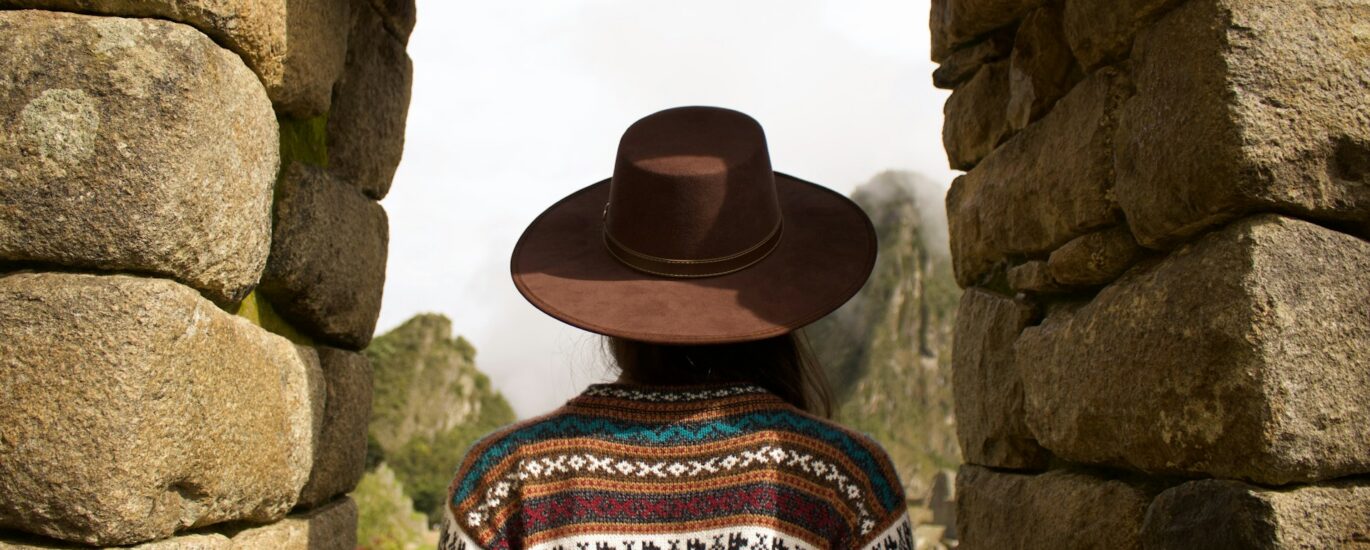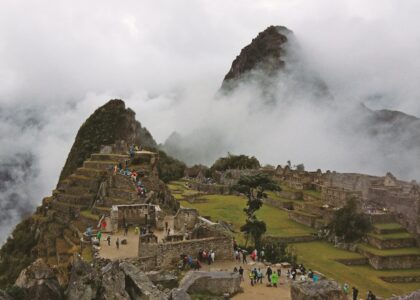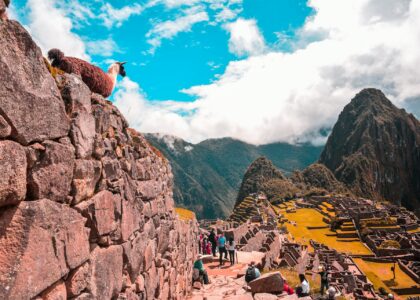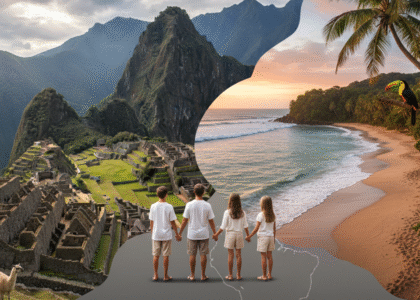If you want to travel with purpose Peru, you’re not alone. More travelers are looking for ways to make a positive impact and find deeper meaning while exploring this incredible country. Peru’s stunning landscapes and vibrant cultures offer countless opportunities to give back, whether you’re hiking the Andes or discovering the secrets of ancient civilizations. Here’s how you can travel mindfully and leave Peru a little better than you found it.
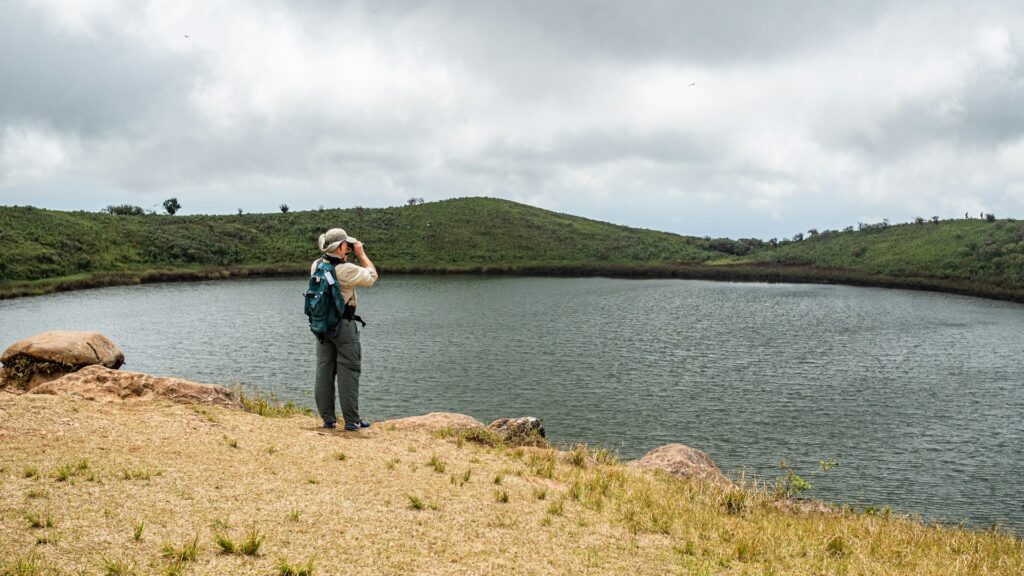
Travel With Purpose Peru: Why It Matters
When you choose to travel with purpose Peru, you’re not just visiting famous sights. You’re getting involved with real people, supporting local economies, and making decisions that help protect Peru’s incredible natural resources. For example, ethical travel means choosing a family-owned guesthouse instead of an international chain, eating at a market food stall run by locals, or hiring a native guide who knows the area’s traditions and needs. It can also mean skipping photo opportunities that exploit wildlife or children, and making a conscious effort to use less plastic or bring your own reusable water bottle.
Traveling with purpose is about being intentional. It is about building genuine connections and making your journey matter for others, not just yourself. Simple actions like learning a few words of Spanish or Quechua show respect and create real engagement. If you want to see the positive impact of your visit, look for opportunities to listen to community voices, support local projects, and consider the long-term effects of your choices in Peru.
Here are some practical ways to travel with intention and give back during your time in Peru.
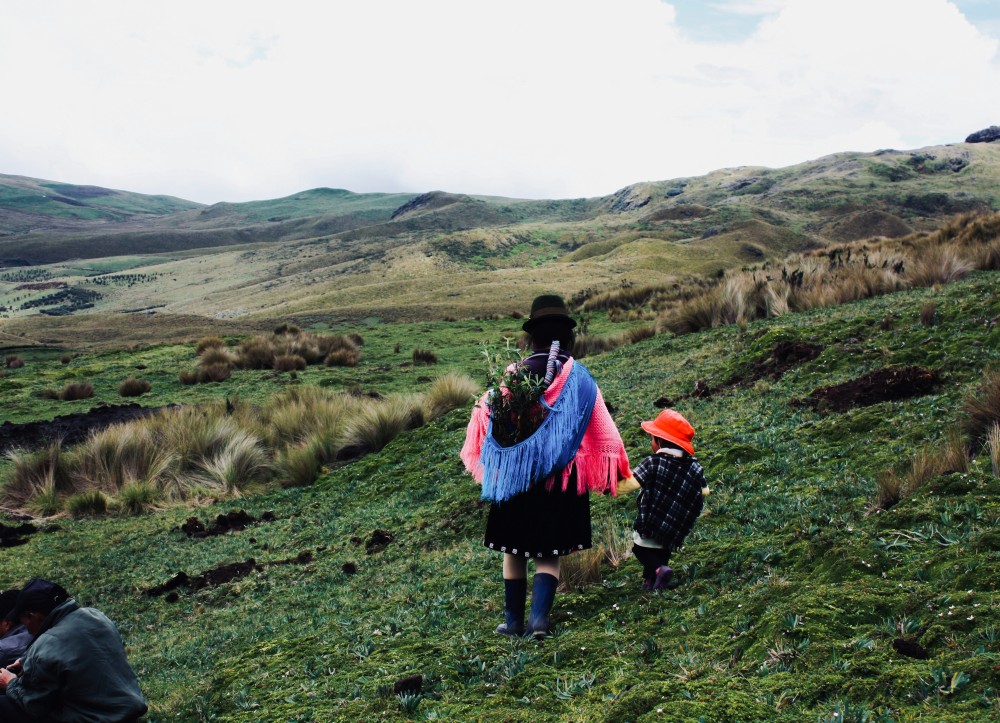
Support Local Communities and Cooperatives
Peru is home to many artisan communities and indigenous groups who rely on tourism for their livelihoods. Supporting local businesses is a practical way to give back while you travel. For example, instead of shopping for souvenirs in chain stores, you can visit the traditional markets in the Sacred Valley, where local families sell handwoven textiles, pottery, and jewelry. These markets are a place to meet the people behind the products, ask questions about their craft, and pay a fair price that directly benefits their community.
Another way to connect is by joining a community-led weaving workshop. During these experiences, you not only learn traditional weaving techniques but also hear stories about the meaning behind each pattern. Your participation helps preserve cultural heritage and provides sustainable income for women’s cooperatives.
Inspired by ethical travel advice, travelers can also choose local cafes and restaurants over international fast food chains. Enjoying a home-cooked meal at a family-owned eatery supports local farmers and food producers. Ask your guide to recommend experiences that are organized by indigenous groups, such as storytelling evenings or guided hikes to hidden ruins. These activities give visitors authentic insights and make a lasting difference.
Learn more about how cultural experiences in Peru go beyond Machu Picchu.

Participate in Reforestation and Conservation Projects
Travelers who care about the environment have several meaningful options in Peru. You can join hands-on reforestation projects in places like the Andes or the Amazon, where local nonprofits organize tree-planting events to restore native forests. These events often involve working alongside farmers and schoolchildren who explain how forest restoration protects water sources and prevents soil erosion. Another option is to support wildlife conservation programs, such as volunteering at a sanctuary that rehabilitates injured animals or helps protect endangered species like the Andean condor or spectacled bear.
If you want to participate, choose a project that is run by or in partnership with local communities. For example, some groups allow travelers to help build fences that keep livestock away from young trees or monitor bird populations during seasonal migrations. These activities create lasting benefits by improving the environment and providing education for local residents. Avoid any programs that treat conservation like a photo opportunity or fail to explain the impact of your work. Ethical organizations should be transparent about their goals and work collaboratively with local stakeholders.
For more on eco-friendly travel, check out sustainable travel and eco-lodges in the Amazon or read about preventing altitude sickness while volunteering at high elevations.
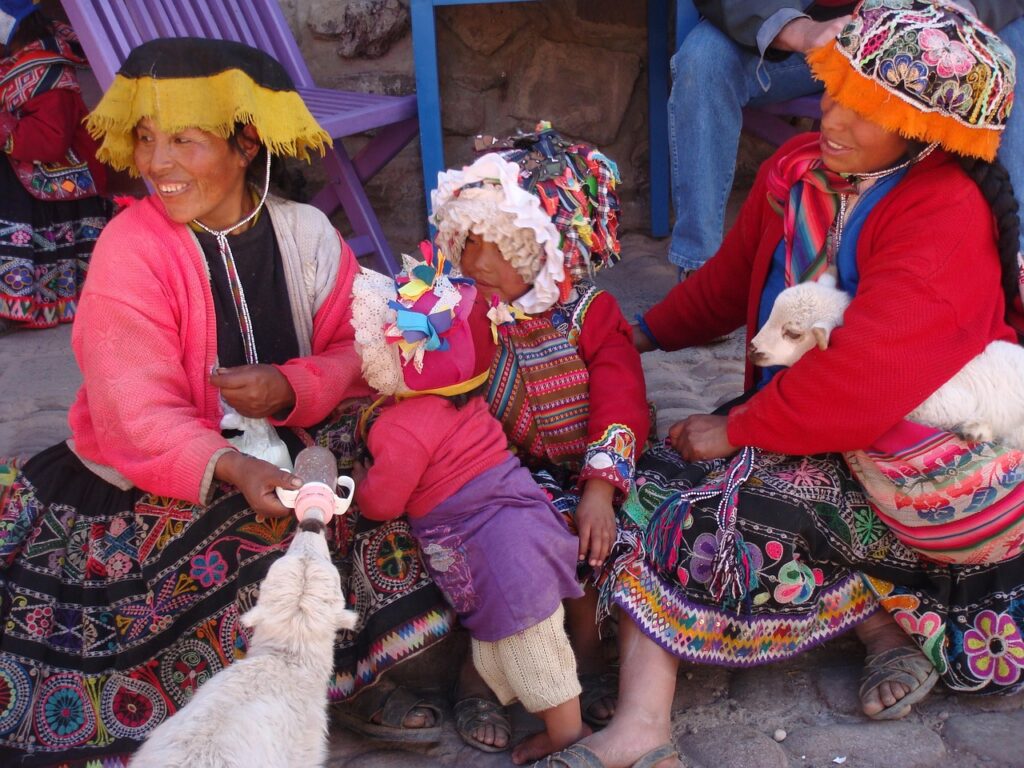
Choose Ethical Service Learning and Volunteering
Not all volunteering is created equal. The most rewarding service learning and volunteering experiences are community-led, respectful, and designed to have a long-term impact. Look for programs where your role is clearly defined, and the community decides what kind of help they want. For example, some organizations invite travelers to assist with health education workshops, while others support construction projects for clean water or safe housing. Programs should always prioritize listening to local voices and needs instead of assuming what a community wants.
At Explorify Expeditions, we proudly collaborate with organizations like MEDLIFE. Their mission centers on ethical service and sustainable impact, with a strong focus on respecting and empowering the people they serve. Through their programs, travelers might help in mobile medical clinics, support local health campaigns, or work with Peruvian families on community development projects. These experiences are less about “fixing” something and more about learning, building trust, and lending a hand where it’s truly needed. Travelers have the chance to join in ongoing efforts, ask questions, and gain insight into the real challenges faced by communities in places like Cusco and Lima.
Whether you are interested in a Service Learning Trip or want to support a community-based initiative in Cusco, partnering with MEDLIFE gives your adventure real meaning. You will work side-by-side with locals, see positive results firsthand, and become part of a bigger effort to create sustainable change.
If you want to travel solo but with purpose, here’s a guide to solo travel in Peru that highlights ways to engage responsibly.
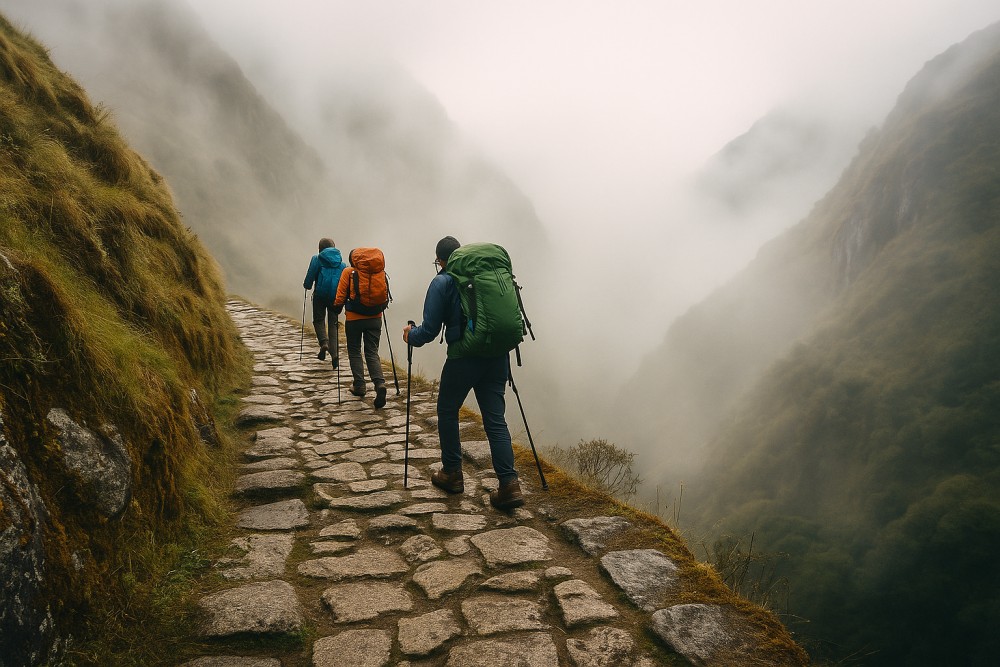
Join Responsible Community-Led Tours
Skip the mass-market tours and choose experiences that are designed and led by local guides or organizations. For example, join a neighborhood walking tour in Lima’s historic districts. Your guide may be a lifelong resident who shares personal stories about the city’s hidden history and the challenges faced by the community. These tours often include stops at lesser-known sites, local businesses, and cultural centers where you can meet artists and community leaders. Instead of just tasting food at a restaurant, you might participate in a cooking class using local ingredients purchased that morning from a street market. These hands-on experiences help you understand daily life in Peru and allow you to directly support families who run these small businesses.
Authentic tours also exist outside the cities. In the Andes, for instance, some indigenous communities organize trekking routes that take you through their villages and farms. Here, you are invited to learn about traditional farming practices, join in seasonal festivals, or share a meal made with ingredients grown nearby. Choosing these tours means your money stays in the community and supports sustainable economic growth.
For more ideas, discover unique Peru travel insights or learn more about festivals worth planning your trip around.
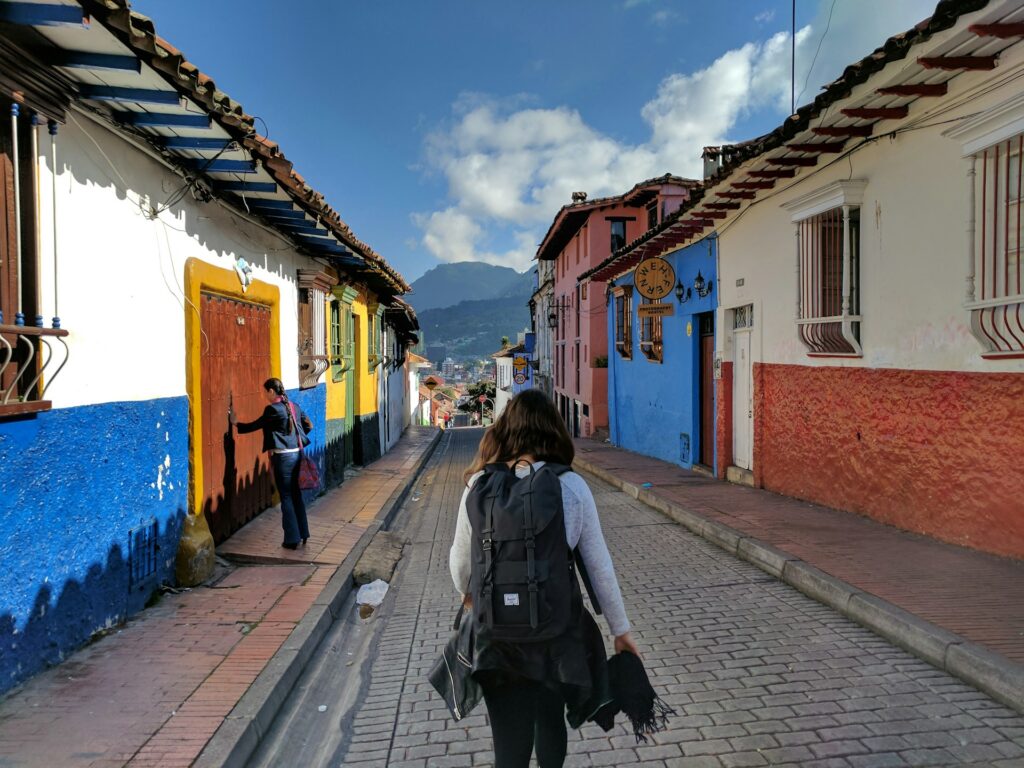
Travel Consciously and Responsibly
If you want to make sure you are having a positive impact, keep these ethical travel habits in mind:
- Learn a few phrases in Spanish or Quechua. This effort shows respect and helps you connect with local people. Even simple greetings or thank-yous can break the ice and make conversations more meaningful.
- Always ask before taking someone’s photo. In Peru, some people feel uncomfortable or exploited by uninvited photography, especially in traditional communities. Respect people’s wishes and consider offering to share the photo with them if they agree.
- Use a refillable water bottle and cloth shopping bag to cut down on single-use plastic. For example, choose to refill your bottle at your hotel or a café, and carry snacks in reusable containers. Many Peruvian towns are making efforts to reduce waste, so travelers can help support this change.
- Spend more time in one area, getting to know the people and culture on a deeper level. Instead of moving quickly from one destination to another, build relationships and participate in community life. For example, you might stay a week in a rural village, join a family for a meal, or volunteer at a local school. These experiences allow you to see how your presence makes a real difference and helps you leave a positive footprint.
- Choose responsible wildlife and nature activities. Join tours that respect protected areas and avoid disturbing wildlife. Stay on marked trails, pick up litter if you see it, and learn about local conservation efforts from your guides.
Small actions like these create respect and trust between travelers and locals. You help preserve Peru’s unique culture and environment, while enjoying a more authentic and rewarding journey.
If you want more ways to travel consciously, check out our guide to sustainable travel in South America.
Want to Explore Peru With Purpose?
If you’re ready to travel with purpose in Peru, consider joining an expedition that puts people and planet first. At Explorify, we connect you with opportunities to make your adventure matter — from supporting local communities to partnering with groups like MEDLIFE for real change.
Ready to book your meaningful journey? Contact us to start your purpose-driven Peru adventure!


